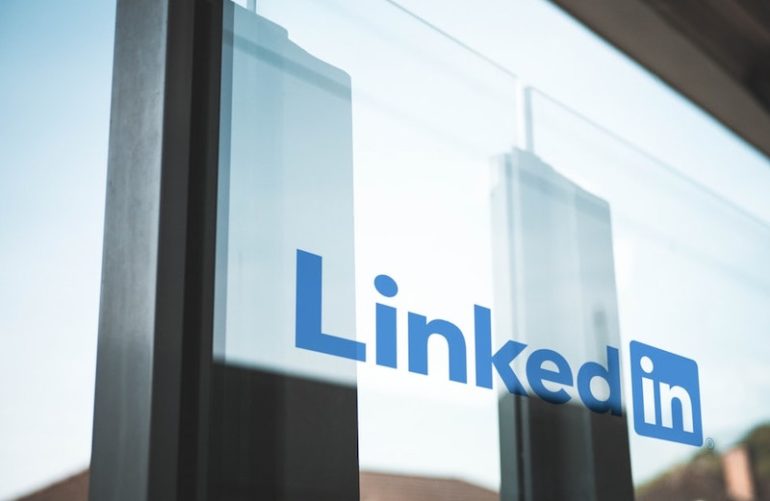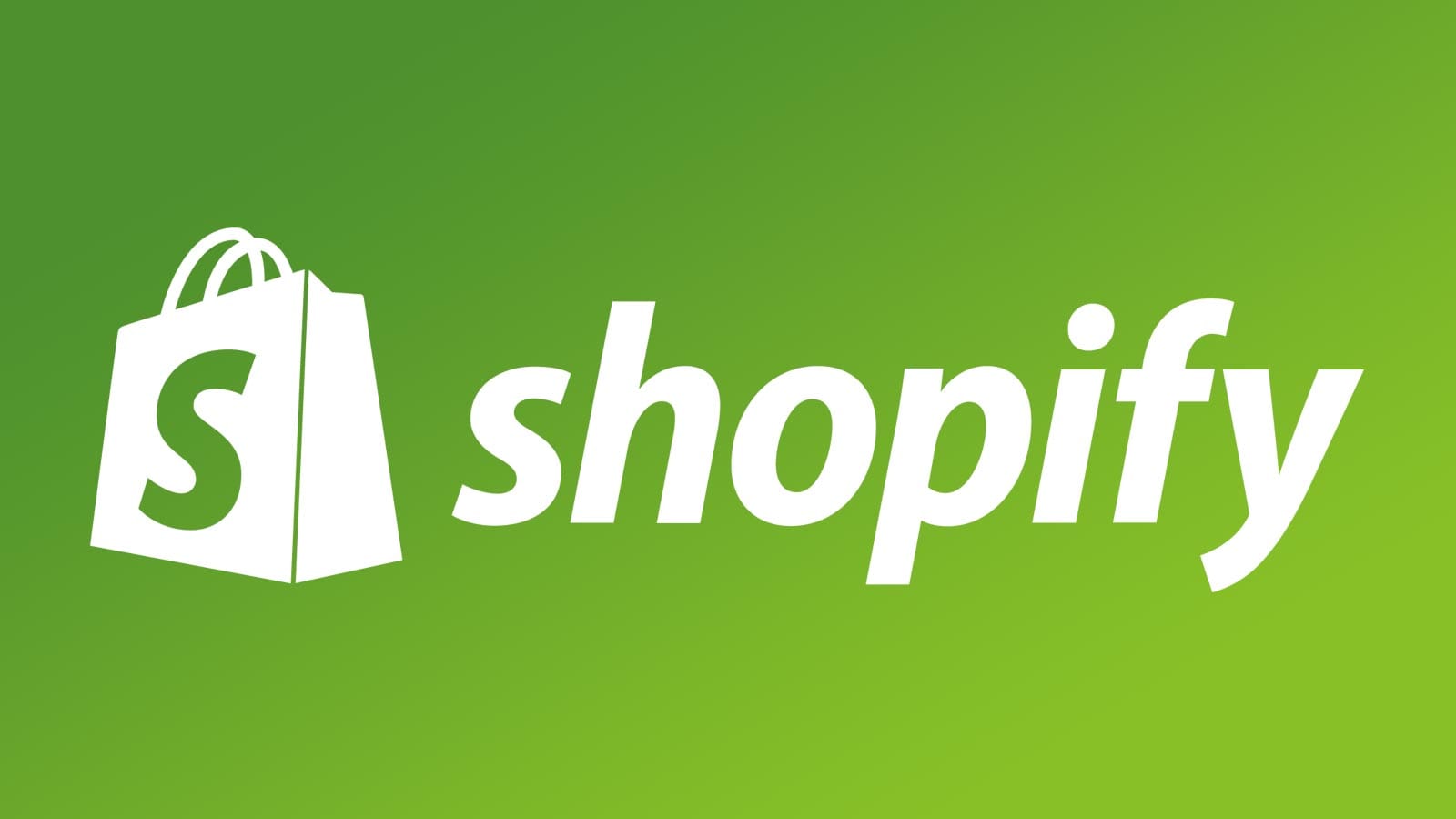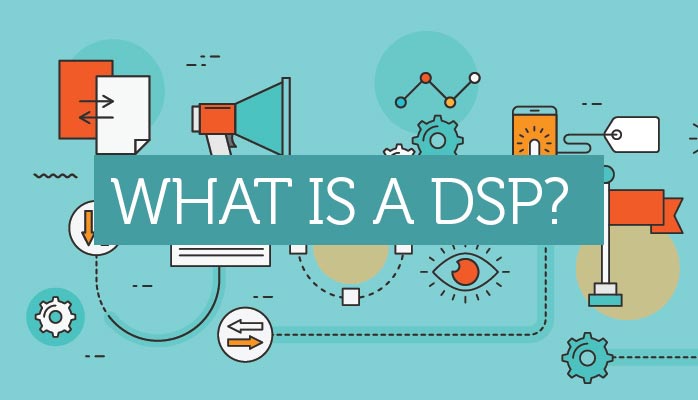In front of you are all the basic LinkedIn tips necessary to build a successful professional presence on this social network.
As you all know, LinkedIn is the first business social network, intended for business networking of potential employers with employees. Founded in December 2002 and launched in May 2003, this social network today has 756 million users from more than 200 countries around the world. What a database, right?
However, one gets the impression that LinkedIn is still not perceived as a strictly business social network nor is it used as such. In fact, it is mostly used as follows:
- As a promotion of personal blogs, portals, and newspaper articles
- As a channel for direct sales of goods and services
- As a channel for seeking and/or providing personal services and partners
- Serves as a complement to Facebook and Google+ (while it existed)
LinkedIn Isn’t (Just) Your Online Résumé
In the past few years, since LinkedIn was recognized as a serious social network related to business, it has become much more than an online database of job CVs. Accordingly, some rules of use and communication have changed. It is no longer enough to just publish your education and the relevant jobs/positions you have done, or the set of skills and training you have gone through. LinkedIn, like all other social networks, seeks interaction and connection with other users.
And that entails everything you have so far mostly done on other social networks:
- designing a strategy – presence/communication/marketing/promotion
- targeted content creation and publishing
- interaction with other LinkedIn users
- searching for relevant topics by hashtags
All of the above requires time and energy, often money, for everything to be as it should be. But why do it?
LinkedIn 2021 Statistics
For example, in 2012, it had about 250 million users, today LinkedIn has over 756 million registered users, and more than 48 % of this number are monthly active users. More than 70 % of professionals from this social network are not from America (where it was established) but from Europe, Africa, and Asia. Those who stand out with their expertise and knowledge and come from underdeveloped countries are increasingly attractive to foreign markets, and therefore the benefits of LinkedIn for them are becoming greater.
Speaking further about gathering information and contacts, LinkedIn has proven to be the most effective network. Researching more on this topic, we came to the fact that LinkedIn is more effective in generating leads and conversions than Facebook and Twitter combined by as much as 277 %. If that is not a sufficient reason to take building a presence on LinkedIn more seriously…
Well, how come, despite the numerous texts on how to best present and communicate on LinkedIn, users still remain in the status quo and do not do everything properly? Here is what we are talking about…
LinkedIn Tips
Although you may not be a person who is prone to removing opponents and creating a ‘bubble’ environment on social networks, that does not mean that you should put up with various nonsense. Just because you live where you live and are surrounded by a distorted reality that has become a testing ground for all sorts of frustrations and insecurities, does not mean that it should be manifested (and put up with) in a business environment.
Imposition, force, passive aggression, and the like are nowhere desirable nor considered acceptable, so we compiled this list of recommendations and tips for building a quality presence on LinkedIn.
Don’t Sell Your Product/Service Immediately Upon Acceptance of the Connection
Just because a person you (most often) don’t know personally has accepted your connection invitation, does not mean that they have accepted to be ‘bombarded’ with CTA messages.
Understand, please, no one likes to be contacted by:
“Hello, I’m glad you accepted the connection and that we’ll get to know each other better. I wonder if you want to share that information – are you looking for quality content creators? We have a database of great writers who can produce quality content for you that ranks high quickly. We’re open for cooperation and we have several packages to choose from.”
Or
“Hello. Thanks for accepting the invitation. We believe that with a quality website and presenting the services and activities of your company, you can improve your business.”
First of all, it is rude in personal communication, let alone online. What about basic culture and decency, tangible acquaintance/connection before you rush to promote your products or services? Not to mention how immensely important it is to at least do some basic research of the person you are connecting with and to whom you plan to offer your services.
The worst thing about these approaches is when you contact people in this way with a range of services that they already offer themselves or teach others to use them. What does that say about you and the way you see and comprehend that other person? By connecting like this, you have only shown that you are not serious, relevant, and least of all polite. Don’t do that.
Self-Promotion on Other People’s Profiles and Posts
This is a trend that has been present on the global LinkedIn scene for a couple of years now. You must have certainly noticed the so-called LinkedIn bots, i.e. people who go to other people’s posts and express their opinion on everything, commenting on the author’s comments and the comments of the author’s followers.
It is okay to leave a comment on something where you have realized that your writing will have some value, a new angle of observation, or encourage constructive debate. Everything else is just ordinary spamming, an attempt to give yourself more importance and attract more attention. In some cases, it is even the way to break the algorithm, which we will talk about in the following example…
Provoking Debate for Increased Reviews and ‘Beating’ Algorithm
This can be a strong reason to block people on LinkedIn as it is a form of self-promotion that aims to ‘break’ LinkedIn’s algorithm and increase the popularity of the profile from which it is ‘debated’. Here is a fictional example (which probably happened to someone in reality):
On the announcement and the question of whether we can say today that it is possible to have a business if you do not build a website (and for that, regardless of your technical training, you have several options available), some other person will say that the site is absolutely not necessary and bring a few reasons for that. After you duly thank him/her for the comment, respecting a part of what was said, and explain why you wrote what you wrote, a series of comments might come, which are persuasive, self-promotional, and even condescending and a little arrogant.
What is the reason for doing that, whether in personal contact, casual communication, let alone online, and on a network that is a platform for business networking? What is the value of such communication, and what is the purpose of such an imposition?
As we said at the beginning, none of us is obligated to put up with anything that makes them feel uncomfortable, let alone somehow different. People who are guided by such a way of presenting on LinkedIn (and elsewhere), do it in order to present themselves either as experts or as authorities on certain areas and topics. As with Facebook, on LinkedIn, your activities are displayed to your network of contacts, thus creating a (mostly false) image of someone’s credibility and value because it appears you are everywhere and always comment on something.
It is okay to respond to a provocative comment, even two to three. And yet, it is perfectly fine to see through their game clearly and openly and let the person know that there is no need for it, and even block it if such behavior continues. Now you know how not to behave but what is good to do on LinkedIn?
Join Relevant Groups on LinkedIn
Connect with professionals from your industry or those industries from whom you want to learn through niche groups and communicate on topics that are important to you. In this way, you will meet people who are important to you – and they will inform you in the areas that interest you and make deeper contacts.
Also, use groups to share some of your content – when appropriate and not overly intrusive.
Follow the Hashtags
Just like on Instagram, on LinkedIn, in addition to people, it is possible to follow posts under hashtags, so if you are engaged in Internet marketing, for example, follow #SocialMedia, #Copywriting, #DigitalMarketing, and the like.
That way, follow what interests you and engage in communication where you think it makes sense and that what you write will add some value.
Be Diverse
This applies both to the content itself and to the timing and areas of the posting. Share articles, record videos, write posts, publish visuals, share other people’s posts… There is no great science here; video content is still primary in the digital world and, as such, leads to the greatest visibility. This does not mean that other types of content should be ignored.
Also, all stories and articles regarding the best time to post should not be used as a guide because, in fact, there is no specific ideal time for posting. Everything that applies to other networks is applicable here as well. Demographics, activity time and the time zone itself, the topics you run, hashtags… are just some of the things that affect whether and how popular your post will be and to whom.
Bottom Line on Building Your Presence on LinkedIn
Just because LinkedIn is on a growth trend does not mean it should be abused. Don’t be intrusive, know-it-all, and ‘spice for all dishes’. Be regularly but moderately active and do not chase every click; devise a strategy of presence and interaction that will not take you much time, but will bring results.
That means – meaningful and targeted publishing, connecting with people from the industry who are important to you and from whom you want to learn, sharing your knowledge and expertise through concrete examples, and following the progress that will not be missed.







